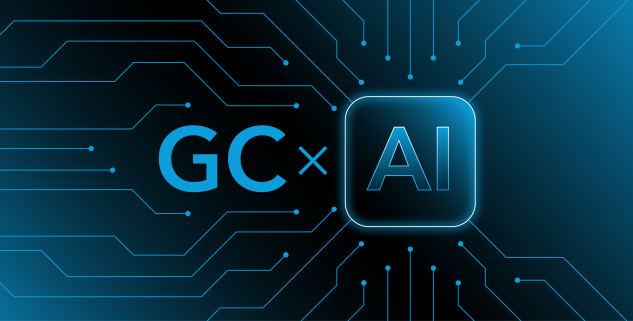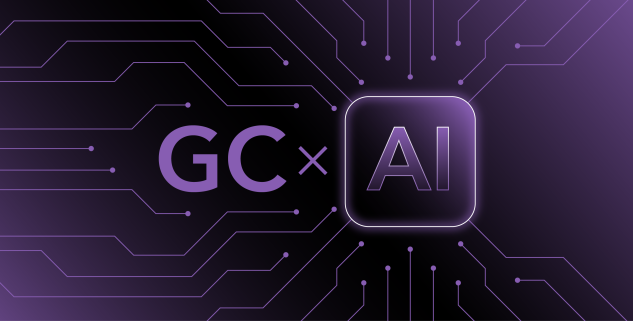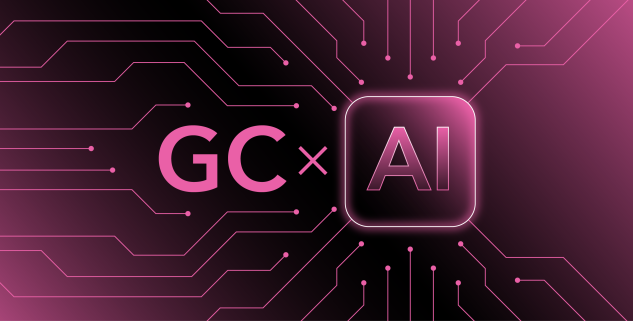Artificial intelligence’s transformation of the legal function demands a new kind of general counsel who combines traditional legal acumen with technological fluency and strategic vision.
The next-generation GC operates as both a chief legal technologist and a strategic architect, advancing what I think of as “Legal R&D”—a proactive approach where legal teams invest in developing playbooks and frameworks. Legal R&D means continuously innovating on legal strategy and integrating across disciplines.
By analogy to the classic scientific and product-development processes of research and development, Legal R&D offers a systematic discipline of testing hypotheses, embracing emergence, and learning from controlled experimentation to create new legal strategies and approaches. This isn’t about abandoning professional standards or pursuing creativity for its own sake—it’s about developing a rigorous, adaptive methodology for innovation.
Consider how this works in practice. In developing possible legal claims to challenge a problematic competitive development, we stress-tested a seemingly promising argument. It didn’t hold up as we’d hoped. But through the same iterative process, we reframed that weak legal theory into a compelling policy argument—one that gained traction with legislators and regulators. The result was an emergent policy discourse that favorably altered the landscape, positioning us to obtain improved terms in later negotiations.
Legal R&D represents a shift from viewing legal departments as cost centers to recognizing them as strategic assets. When routine work is automated, legal teams can invest their capacity in developing these frameworks that create lasting competitive advantages. Legal R&D means anticipating tomorrow’s challenges and building the intellectual capital to address them.
If Legal R&D provides the framework, AI supplies the accelerant. The disciplined process of R&D can now extend beyond human bandwidth: Hypotheses can be generated, tested, and refined at speed, turning what was once occasional innovation into a sustainable discipline. By generating alternative framings, stress-testing assumptions, and surfacing patterns across domains, AI expands the reach of the GC’s experimental process and makes Legal R&D an accessible and integrated part of daily practice.
The Dual Role of the Modern GC
Just as classic R&D transformed innovation into a disciplined driver of growth, Legal R&D in the age of AI further redefines the general counsel as both an architect of new technologies and catalyst for strategic innovation. Together, these dual GC roles hold the potential to create lasting enterprise value.
As a legal technologist, the GC oversees the selection, implementation, and optimization of AI tools that enable their teams to scale. They ensure that legal knowledge and risk appetites are embedded into automated systems. They envision and deploy the processes that make legal R&D possible.
Maintaining a front-row seat to the rapidly evolving AI landscape is essential to this role. I was recently a panelist at the Corporate Legal Operations Consortium Global Institute discussing the GC perspective on legal operations. Following that session, I walked the exhibition floor with my colleagues, moving between next-generation AI platform demonstrations.
What was fascinating—and for me, an intensive tech tutorial—was engaging with these technologies in rapid succession. This experience revealed their distinct capabilities, integration potential, and intentional specialization. Each platform had clear strengths—some excelled at document review or drafting, others at legal research—with design choices that reflected deliberate focus and acknowledged tradeoffs.
A hands-on evaluation process is critical because the AI legal tech space moves at breakneck speed. Tools that didn’t exist six months ago may now offer workflow-transforming capabilities. Staying ahead takes time and resources for careful evaluation, but this disciplined approach to tech adoption—distinguishing a substantive use-case from the sparkle of a demo—can yield substantial competitive advantages.
In the GC’s other crucial role of enterprise strategist, the focus is on truly consequential matters—complex commercial deals, regulatory strategy, crisis management, and enterprise-wide risk. GCs are trusted advisers who translate complex risks into business terms and guide executive teams through critical decisions.
The dual role of technologist and strategist is uniquely appropriate for general counsel. Lawyers excel in the fundamental skill AI tools require: language. Lawyers thrive in the world of words—crafting arguments, interpreting contracts, and translating complex concepts into precise terms.
Because AI tools are essentially sophisticated language models, GCs have an intuitive advantage in understanding how to deploy them effectively. This positions general counsel to leverage both their efficiency benefits and strategic capabilities in ways less accessible to other executives.
More fundamentally, innovation is interdisciplinary—and GCs are uniquely equipped to work across disciplines. Our education emphasizes broad analytical skills, while our training across policy, transactions, litigation, and communications positions us to bridge silos and connect the dots. That cross-functional perspective is vital to true innovation, particularly when it comes to AI deployment that transcends traditional departmental boundaries.
Legal Operations: The Nerve Center
This evolution of the GC role creates new demands on legal operations, elevating it from a support function to the strategic nerve center of the legal department. This is a fundamental, overdue—and I expect permanent—shift from viewing legal ops as back-office blocking and tackling to recognizing it as a partner in transformation. As GCs focus on boardroom strategy and Legal R&D initiatives, legal ops becomes the chief partner in futurecasting and technology implementation.
Legal ops professionals design and manage the processes and data that make automation successful. They coordinate continuous updating of templates, playbooks, and knowledge bases to keep legal AI accurate and aligned with business goals.
This is why many of us see legal ops as being at the vanguard of AI adoption. Legal ops teams combine the technical fluency to evaluate and implement AI tools with the legal domain expertise to ensure they’re being used effectively and responsibly. They take the essential lead in managing vendor relationships, evaluating ROI, and ensuring seamless integration—freeing the GC to focus on strategy.
The partnership between forward-thinking GCs and skilled legal ops teams becomes the engine that transforms legal departments from cost centers into strategic assets. This partnership both enables the strategic process of Legal R&D and the technology that accelerates it. GCs and legal ops leaders are developing the processes that are making legal departments both modern and even more strategic in the age of AI.
This article does not necessarily reflect the opinion of Bloomberg Industry Group, Inc., the publisher of Bloomberg Law, Bloomberg Tax, and Bloomberg Government, or its owners.
An immaterial amount of this content was drafted by generative artificial intelligence.
Author Information
Eric Dodson Greenberg is executive vice president, general counsel, and corporate secretary of Cox Media Group.
Read the Series
GCs, Look Beyond Automation. Al Will Spark Legal Team Reinvention
AI represents a fundamental transformation, requiring GCs to reimagine legal practice and their role as strategic business partners.
‘Off-Label’ AI Uses Can Expand In-House Team’s Reach Beyond Legal
AI tools can be a capacity multiplier, broadening legal teams’ reach within their businesses while drastically reducing costs.
This AI Superpower Earns a Voice at the Legal Strategy Table
Legal teams should lean on AI’s ability to see patterns in strategy that lawyers might miss, while leaving the judgment to humans.
Write for Us: Author Guidelines
To contact the editors responsible for this story:
Learn more about Bloomberg Law or Log In to keep reading:
See Breaking News in Context
Bloomberg Law provides trusted coverage of current events enhanced with legal analysis.
Already a subscriber?
Log in to keep reading or access research tools and resources.



